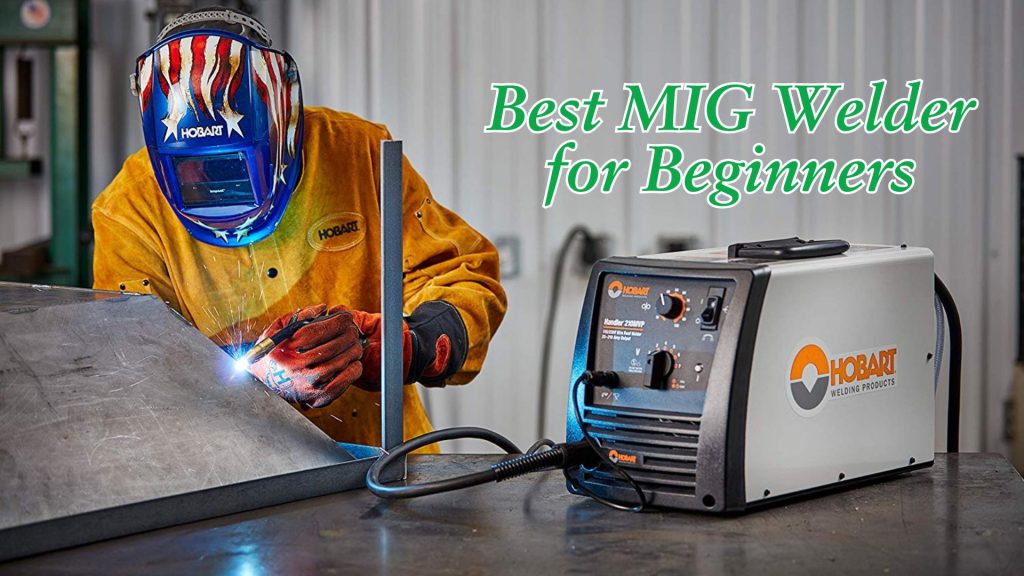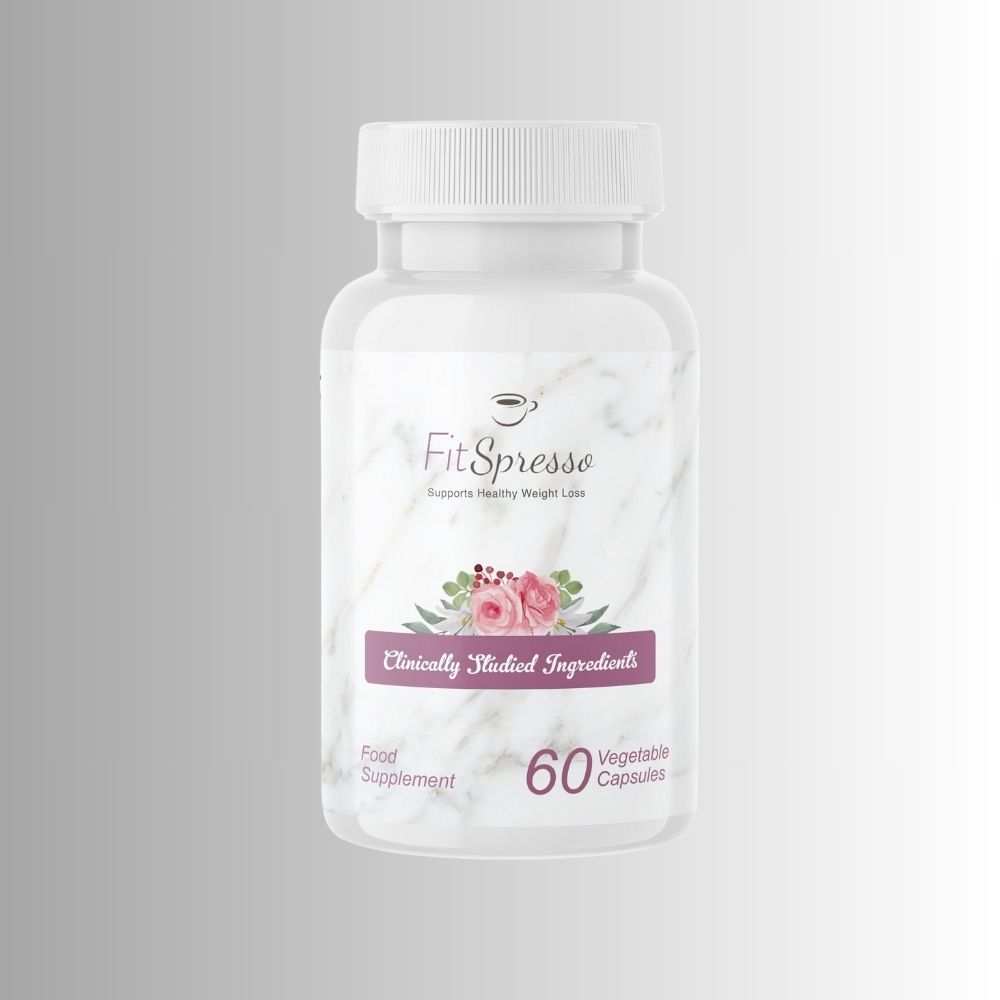MIG welding, short for Metal Inert Gas welding, is a popular and versatile method of welding used in various industries, from automotive repair to heavy machinery fabrication. While MIG welding is an effective and efficient technique, it’s crucial to prioritize safety to avoid accidents, injuries, or long-term health issues. In this blog, we will explore essential MIG welder for beginners safety gear, precautions, and best practices to ensure you can weld safely and efficiently.

Essential MIG Welding Gear
1. Protective Clothing
Welders are exposed to extreme heat, molten metal, and sparks during the MIG welding process. Therefore, wearing protective clothing is critical to reduce the risk of burns and injuries. Start with a flame-resistant jacket and pants made from materials such as leather or a heat-resistant fabric like cotton. Gloves are equally important to protect your hands from heat and sharp edges. Leather gloves provide excellent protection against these hazards, ensuring your hands are safe from burns or accidental cuts.
Additionally, make sure to wear proper footwear. Leather boots or shoes that cover the ankle are ideal, as they protect your feet from falling hot debris and molten metal.
2. Helmet and Face Shield
One of the primary risks associated with MIG welding is eye injury. The intense ultraviolet (UV) and infrared (IR) radiation emitted during welding can cause severe damage to the eyes, leading to conditions like “arc eye.” A welding helmet with an auto-darkening feature is the best choice for shielding your eyes from harmful light during welding. Auto-darkening helmets automatically adjust the lens shade based on the intensity of the arc, providing clear visibility before welding while protecting your eyes during the process.
For extra protection, wear a face shield that covers your neck and face, especially if you’re welding overhead or at awkward angles where the helmet might not provide full coverage.
3. Respiratory Protection
MIG welding produces fumes that contain harmful chemicals such as carbon monoxide, ozone, and metal oxides. Inhaling these fumes can lead to serious respiratory issues. To protect your lungs, always work in a well-ventilated area. If proper ventilation is not possible, use a respirator with a particulate filter or a powered air-purifying respirator (PAPR). These devices filter out dangerous particles, ensuring the air you breathe remains clean and safe.
4. Ear Protection
Welding generates high levels of noise that can damage your hearing over time. To prevent hearing loss, it’s essential to wear ear protection, such as earplugs or earmuffs. These protect your ears from loud, persistent sounds that can result from the welding process and the machinery used.
Key Safety Precautions in MIG Welding
1. Pre-Welding Safety Checks
Before starting any welding project, it’s crucial to conduct a thorough safety check of your equipment and work area. Inspect the MIG welder to ensure it’s functioning properly, with the correct settings and wire feed speed. Check for any damaged cables or electrical connections that could pose a hazard. Verify that the gas cylinders are securely fastened and leak-free, as gas leaks can lead to dangerous explosions or fires.
Additionally, make sure that the work area is free from clutter and hazards. Ensure that combustible materials like wood, paper, or oil are far from your welding zone.
2. Handling and Storing Equipment Safely
Proper handling and storage of welding equipment are critical to maintaining a safe working environment. Store gas cylinders upright and secured to prevent them from falling or being damaged. Always follow manufacturer guidelines for handling and storing gas cylinders. Keep welding cables organized and out of the way to prevent tripping hazards, and make sure to disconnect all equipment when not in use.
3. Fire and Explosion Prevention
Welding involves high temperatures and sparks, making fire prevention a priority. Ensure that there are no flammable materials within a 35-foot radius of your welding workspace. Keep a fire extinguisher within easy reach in case of emergencies. Additionally, never leave a welding torch or machine unattended while in operation, as sparks can ignite nearby materials.
4. Electrical Safety
MIG welding involves electricity, so proper grounding of your welding machine is essential to prevent electrical shocks. Always check that the equipment is grounded correctly before use. If working in wet conditions, ensure that the area is dry, and avoid using extension cords that could pose electrical hazards. Use insulated tools, and always wear rubber-soled shoes to reduce the risk of electrical shock.
Best Practices for MIG Welding Safety
1. Proper Posture and Movement
Maintaining the correct posture while welding is important for your physical safety and efficiency. Always position yourself at a comfortable angle to avoid overreaching, which can lead to strain and injury. Keep your hands steady and avoid sudden movements while welding, as this can affect the quality of your work and increase the risk of accidents.
2. Good Ventilation
As mentioned earlier, MIG welding produces harmful fumes that can cause long-term health problems if inhaled. Ensure that your workspace is well-ventilated to allow fresh air to circulate and remove harmful particles from the air. If working in an enclosed space, consider using fans or an exhaust system to help remove welding fumes effectively.
3. Maintaining Equipment
Regular maintenance of your MIG welding equipment is vital for safe operation. Ensure that your welder is in good condition, with no worn-out components that could malfunction during use. Clean your tools regularly to ensure they function properly, and always follow the manufacturer’s maintenance instructions.
4. Training and Skill Development
Safety in MIG welding begins with proper training. Always seek proper certification and ensure you’re skilled in using MIG welding equipment. Continuing education and practice will not only make you a more effective welder but also reduce the likelihood of accidents in the workplace.
Conclusion
Safety should always be a top priority when engaging in MIG welding. By wearing the right protective gear, adhering to safety precautions, and following best practices, you can minimize the risks associated with welding and ensure a safe, productive work environment. Whether you’re a beginner or an experienced welder, consistently applying these safety tips will help you avoid accidents and improve your overall welding experience.








